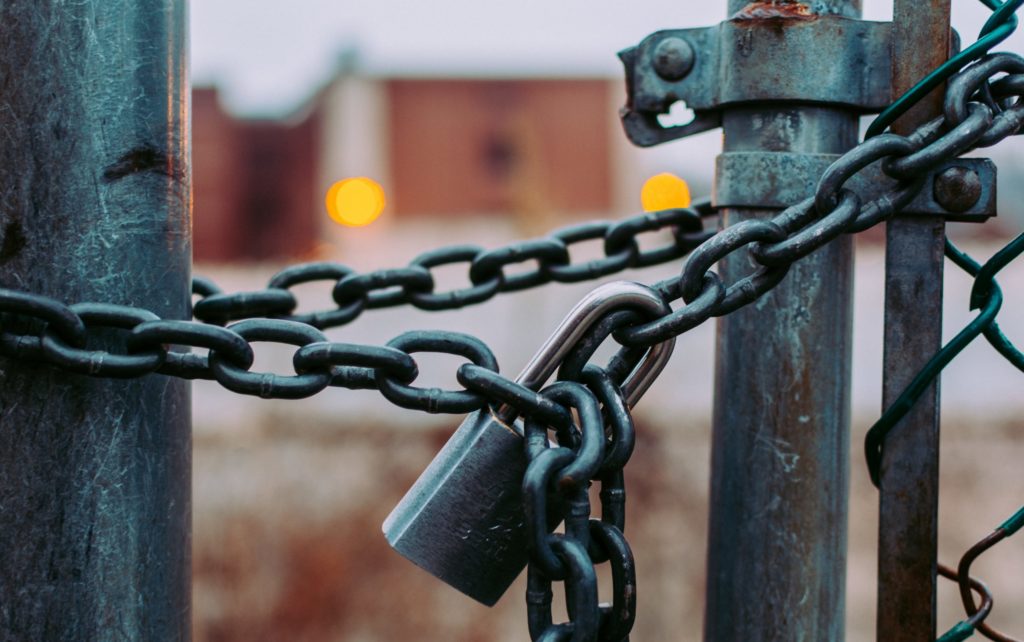You don’t think about your car until you get a flat. You don’t appreciate your phone until the screen cracks. Cybersecurity is something you take for granted, until someone hacks your account, steals your bank info, and spreads compromising pictures of you all over the internet.
Most people know about virus protection. They avoid weird websites and spammy messages from mysterious people. But some things we just don’t think about: Are you sure no one has access to your webcam? If you live in a high tech home, are you aware that strangers can hack your smart appliances?
Here are five ways you may still be vulnerable, along with tips on how to safeguard your family, your finances, and your personal data.
1. Letting anyone see what you are doing
Your daughter is spending a semester in Italy. No problem! You can still chat with her, see her face, and be a part of her life, all in real time, thanks to the magic of the webcam. These little cameras have been standard desktop equipment since the 1990s, but their global immediacy still feels miraculous.
That is, until a hacker commandeers your camera and captures video of you in your bedroom. Losing your social security number is a pain, but nothing is quite as terrifying as intimate images of your family distributed infinitely through the internet. Remember, your camera may not give any indication that it’s been hacked.
The easiest defense is also incredibly simple. Just put a piece of masking tape over your webcam. You won’t damage the lens, and you can always remove it when you want to use Skype or FaceTime.
There’s also the high-tech solution. You can install free software that alerts you when someone tries to access your webcam remotely. If you’re an Apple user, you can download OverSight. Click here to learn more about OverSight.
Windows users can turn to the aptly named Who Stalks My Cam. Both of these programs are free to download and easy to set up.
2. Letting Alexa run freely
People love Alexa. More specifically, they love telling Alexa what to do. Amazon Echo has single-handedly invented the virtual assistant, and other companies are racing to catch up with the company’s versatile little tower.
A favorite feature is called “Voice Purchasing,” which enables you to order products orally. You can say, “Alexa, I need more paper towels,” and the device will place the order with, say, Amazon Pantry. This feature is available to anyone with Amazon Prime and, of course, an Echo.
Just make sure that you don’t keep Voice Purchasing open when you’re not using it. Here’s how to turn off Voice Purchasing from your Alexa app. Go to Settings >> Voice Purchasing >> turn off Voice Purchasing. You can require a confirmation code, too, that you’ll say out loud to Alexa when you’re shopping on Amazon.
You can also turn off Alexa’s mic. In June, Amazon introduced the “Drop In” feature. Once enabled, other Echos automatically connect to another Echo to start a conversation. The other party doesn’t even have to pick the call, the line is automatically open, and it works similarly to an intercom system.
3. Staying signed in all over, all the time
If you’re like most people, you check your Facebook account many times each day. The same goes for Twitter, Instagram, SnapChat, YouTube, Google+, plus so many other apps and social media accounts. Most of the time, you don’t log into your accounts because they’re already open. This convenience, of course, leaves you vulnerable to hacks.
Just make sure that you’re the only one accessing your account. You can actually check recent activity on your account to make sure no one else is logging in.
Each social media platform is different; same for your apps. But on Facebook, click on the down arrow in the upper-right corner >> Activity Log >> Filters.
On Twitter: If you’re using a laptop or PC, go to analytics.twitter.com >> Tweets. If you’re using the Twitter app on an iPhone or Android smartphone >> click on the analytics icon from your tweets.
On the topic of signing into your accounts, there is one essential security setting you must enable. I have the steps for the major sites including Amazon, Facebook, Google, Microsoft and others on my website.
4. Just agreeing to whatever, whenever
Do you read all those little alerts when you’re installing a new app? If you’re like most people, you probably just click through all those questions.
Well, you might want to review the fine print. You may be giving apps access to track your location and putting yourself at risk in other ways, too. Fortunately, you can check apps to see what permissions you’ve granted.
You can see permissions on your iPhone or Android.
5. Saying it’s not important right now
No matter what operating system you use, you’ll want to always have the latest version. Hackers work around the clock to find chinks in your computer’s armor, and they’re often successful. Your operating system will remind you to install security updates, but remember to follow through and download them because they are designed to protect you from the latest threats.
To check to see if you have the latest updates on Windows 10: Click on Start (window icon in the lower-left corner of your screen) >> Settings >> Update & Security >> Check for Updates.
On your Mac, click the Apple logo at the top left of your screen >> About this Mac >> Software Update.
5 Security Mistakes You’Re Probably Making.” The Kim Komando Show, 2018



